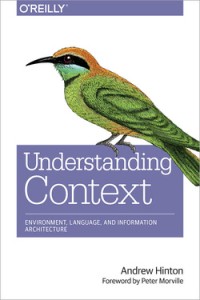When I wrote about Waze earlier today, Google asked to muzzle Waze ‘police-stalking’ app, I had no idea that the Wall Street Journal had dropped the hammer on yet another mass surveillance program.
In U.S. Justice Department Built Secret, Nationwide License-Plate Tracking Database (Car & Driver) by Robert Sorokanich, Robert reports:
Bad news for anyone who values privacy: The Wall Street Journal reports that the U.S. Justice Department has been secretly expanding its license-plate scanning program to create a real-time national vehicle tracking database monitoring hundreds of millions of motorists.
WSJ pulls no punches in describing the program, calling it nothing less than “a secret domestic intelligence-gathering program.” The program, established by the Drug Enforcement Agency in 2008, originated as a way of tracking down and seizing cars, money, and other assets involved in drug trafficking in areas of Arizona, California, Nevada, New Mexico, and Texas where illicit drugs are funneled across the border.
…
The program uses camera systems at strategic points on major U.S. highways to record time, location, and direction of vehicle travel. Some locations take photos of drivers and passengers, which are sometimes detailed enough to confirm identity, WSJ reports.
Perhaps more chillingly, the documents reviewed by the news outlets indicate that the DEA has also employed license-plate-reading technology to create a “far-reaching, constantly updating database of electronic eyes scanning traffic on the roads to steer police toward suspects.”
…
My first reaction was as a close friend often says, “…it’s hard to be cynical enough.”
My second reaction is that I need to get a WSJ subscription so I can check for late breaking news in areas of interest.
But more to the point, we should all start tracking all police, everywhere and posting that data to Waze. In particular we need to track DEA, FBI, NSA, CIA, all elected and appointed federal officials, etc.
You see, I happen to trust the town and county police where I live. Not to mention the state police almost that much. I’m sure they would disagree politically with some of the things I say but for the most part, they are doing a thankless job for lower pay that I would take for the same work. Where my trust of the police and government breaks down is once you move off of the state level.
Not to deny there are bad apples in every lot, but as you go up to the national level, the percentage of bad apples increases rapidly. What agenda they are seeking to serve I cannot say but I do know it isn’t one that is consistent with the Constitution or intended to benefit any ordinary citizens.
Turn your cellphone cameras on and legally park outside every known DEA, FBI, etc. office and photograph everyone coming or going. Obey all laws and instructions from law enforcement officials. Then post all of your photos and invite others to do the same.
Actually I would call up my local police and ask for their assistance in tracking DEA, FBI, etc. agents. The local police don’t need interference from people who don’t understand your local community. You may find the local police are your best allies in ferreting out overreaching by the federal government.
The police (read local police) aren’t the privacy problem. The privacy problem is with federal data vacuums and police wannabes who think people are the sum of their data. People are so much more than that, ask your local police if you don’t believe me.



